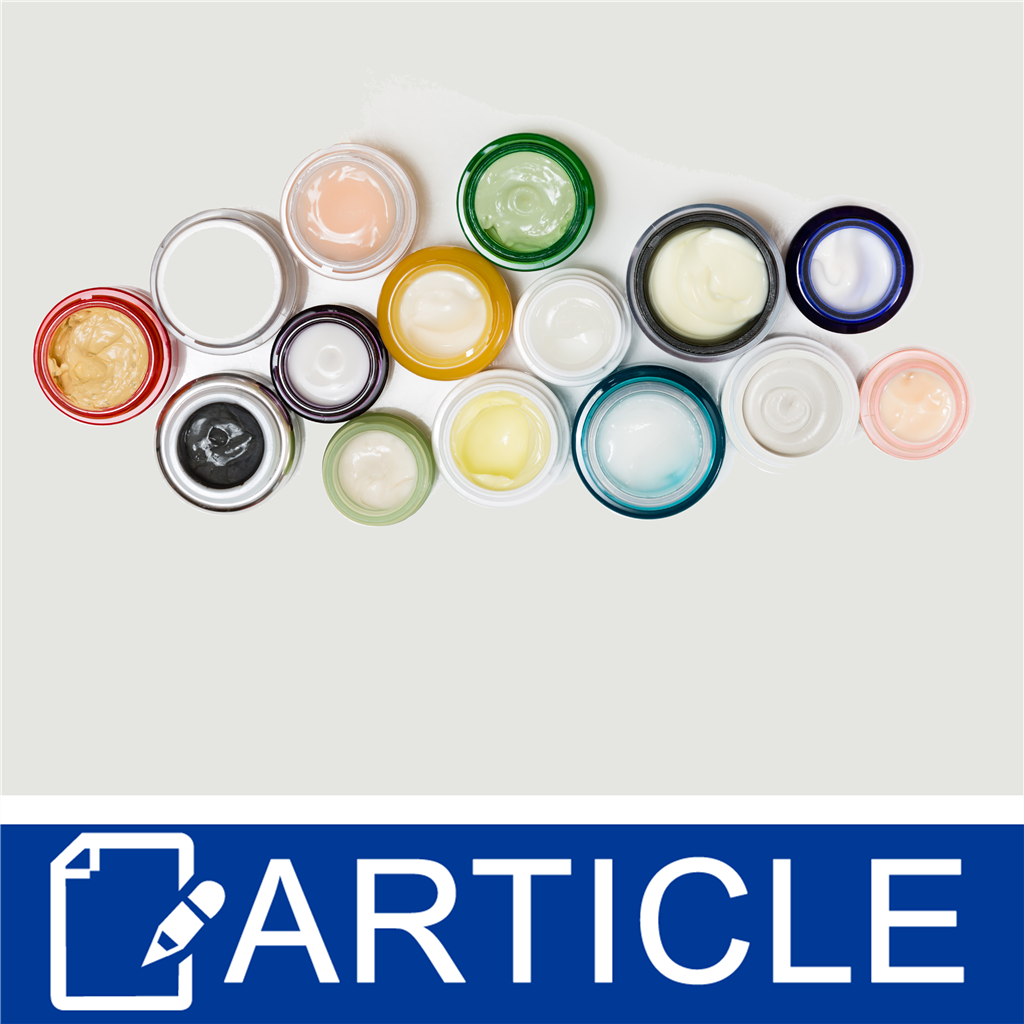How do emulsifiers in skin care products?
Emulsifiers: Secret Ingredients for Achieving Perfectly Blended Solutions
Emulsifiers play a crucial duty in developing stable combinations of immiscible liquids, such as oil and water. Their special properties permit them to decrease surface area tension, which is vital for harmony in various solutions. Recognizing the differences in between natural and artificial emulsifiers can affect product quality considerably. As markets significantly look for to boost structure and rack life, the selection procedure for the right emulsifier ends up being extremely important. What factors should be thought about in this essential choice?
Understanding Emulsifiers: What They Are and Exactly how They Function
Although emulsifiers might look like a simple addition to formulations, they play a vital function in supporting blends of active ingredients that typically do not blend well, such as oil and water. These substances operate by lowering surface area tension at the interface between immiscible liquids, allowing them to blend even more consistently. Emulsifiers contain both hydrophilic (water-attracting) and lipophilic (oil-attracting) residential properties, which allow them to anchor themselves at the border of the 2 stages. By doing so, they produce a protective obstacle that stops the droplets of one fluid from coalescing into bigger masses, therefore keeping a steady emulsion. The effectiveness of an emulsifier relies on its molecular structure, which influences its ability to maintain combinations. In numerous applications, from food items to cosmetics, emulsifiers ensure a consistent appearance and look, boosting both functionality and consumer allure. Their value can not be overstated in attaining well-blended formulas.
Sorts of Emulsifiers: Artificial vs. natural
Emulsifiers can be generally classified into 2 types: all-natural and synthetic, each offering distinctive advantages and applications. All-natural emulsifiers, stemmed from plant or pet sources, consist of gum, casein, and lecithin arabic (emulsifiers). These emulsifiers are frequently preferred in clean-label and organic items because of their marginal processing and biocompatibility. Their mild nature makes them suitable for sensitive solutions, especially in food and cosmetics

On the other hand, artificial emulsifiers such as mono- and diglycerides, and polysorbates are produced through chemical processes. They are generally used in industrial applications as a result of their security and efficiency in producing solutions. Artificial emulsifiers frequently display premium efficiency in severe conditions, such as high temperatures or differing pH degrees. The selection between artificial and all-natural emulsifiers greatly depends on the particular formulation requirements, governing considerations, and consumer preferences, influencing their efficient application in different markets.
Features of Emulsifiers in Food and Cosmetic Formulas
The function of emulsifiers prolongs past simple stablizing; they are basic in attaining the wanted structure, shelf, and appearance life of food and cosmetic products. In food formulations, emulsifiers help mix oil and water, developing consistent and smooth textures crucial for sauces, dressings, and milk items. They decrease surface tension, boosting the security of emulsions, which protects against splitting up and lengthens freshness.
In cosmetics, emulsifiers guarantee that ingredients, such as oils and water, mix seamlessly, providing a pleasant feeling and boosting application. emulsifiers. They add to the product's viscosity and spreadability, essential for serums, creams, and lotions. Furthermore, emulsifiers can encapsulate energetic ingredients, boosting their distribution and performance in formulas. By controlling appearance and improving sensory qualities, emulsifiers play a vital duty in meeting customer expectations in both food and cosmetic sectors, assuring items are not only enticing but additionally functionally effective
Picking the Right Emulsifier for Your Item

Additionally, the target application-- whether for food, cosmetics, or drugs-- will affect the choice. Food-grade emulsifiers should conform with safety and security guidelines, while aesthetic emulsifiers may call for skin compatibility. Reviewing aspects such as HLB (Hydrophilic-Lipophilic Equilibrium) assists in forecasting emulsifier behavior in certain formulations. Eventually, a thorough analysis of both regulatory factors to consider and functional demands is necessary to pick one of the most effective emulsifier, guaranteeing the end product fulfills the desired top quality and this article security requirements.

Tips for Effective Emulsion Development and Stability
Achieving effective emulsion development and stability calls for cautious attention to numerous important elements. The option of emulsifier plays a critical duty; it must be compatible with the oil and water stages to guarantee reliable stabilization. Second, the proportion of oil to water need to be balanced, as an inappropriate ratio can bring about instability. Third, the mixing procedure should be controlled; high shear mixing can assist attain smaller bead dimensions, enhancing security.
Temperature level also affects emulsion stability; keeping perfect temperature levels throughout formulation stops early separation. Furthermore, including stabilizers such as thickeners can even more improve thickness, minimizing the chance of phase separation. Lastly, performing comprehensive security examinations after formulation will assist recognize potential issues, permitting for changes before last production. By sticking to these standards, formulators can achieve consistent and trusted emulsions that maintain their wanted residential or commercial properties gradually.
Regularly Asked Inquiries
Can Emulsifiers Be Utilized in Vegan Formulations?
Yes, emulsifiers can be utilized in vegan solutions. Lots of plant-based emulsifiers, such as lecithin from soy or sunflower, provide effective blending without animal-derived ingredients, making them ideal for a selection of vegan items.
What Are Typical Allergens in Emulsifiers?
Common irritants in emulsifiers consist of soy, milk, and eggs, as specific emulsifiers are originated from these sources. Additionally, some individuals might respond to additives or preservatives made use of together with emulsifiers in various formulations.

Exactly How Do Emulsifiers Effect Life Span of Products?
Emulsifiers enhance product security by protecting against separation of ingredients, thus prolonging life span. They alleviate wasting triggered by microbial growth and oxidation, causing extended quality and enhanced top quality in numerous food and aesthetic solutions.
Exist Any Type Of Health And Wellness Worries Connected With Emulsifiers?
Research study indicates potential wellness worries connected with emulsifiers, including intestine microbiome modifications and inflammation. While regulatory bodies generally regard them risk-free, ongoing researches proceed to discover long-term effects on wellness published here and total wellness.
Can Emulsifiers Improve Flavor or Fragrance in Formulations?
Emulsifiers can improve flavor and fragrance in formulations by boosting active ingredient dispersion and security. This causes a much more uniform click over here now item, permitting tastes to combine properly, eventually leading to an extra pleasurable sensory experience for customers.
Emulsifiers may appear like an easy enhancement to formulations, they play an essential function in stabilizing combinations of ingredients that normally do not blend well, such as oil and water. In food formulas, emulsifiers help mix oil and water, developing smooth and uniform textures necessary for sauces, dressings, and dairy products. Food-grade emulsifiers need to abide with safety policies, while cosmetic emulsifiers may need skin compatibility. Common allergens in emulsifiers include soy, dairy, and eggs, as particular emulsifiers are acquired from these sources. Emulsifiers can boost taste and aroma in formulas by enhancing active ingredient dispersion and security.